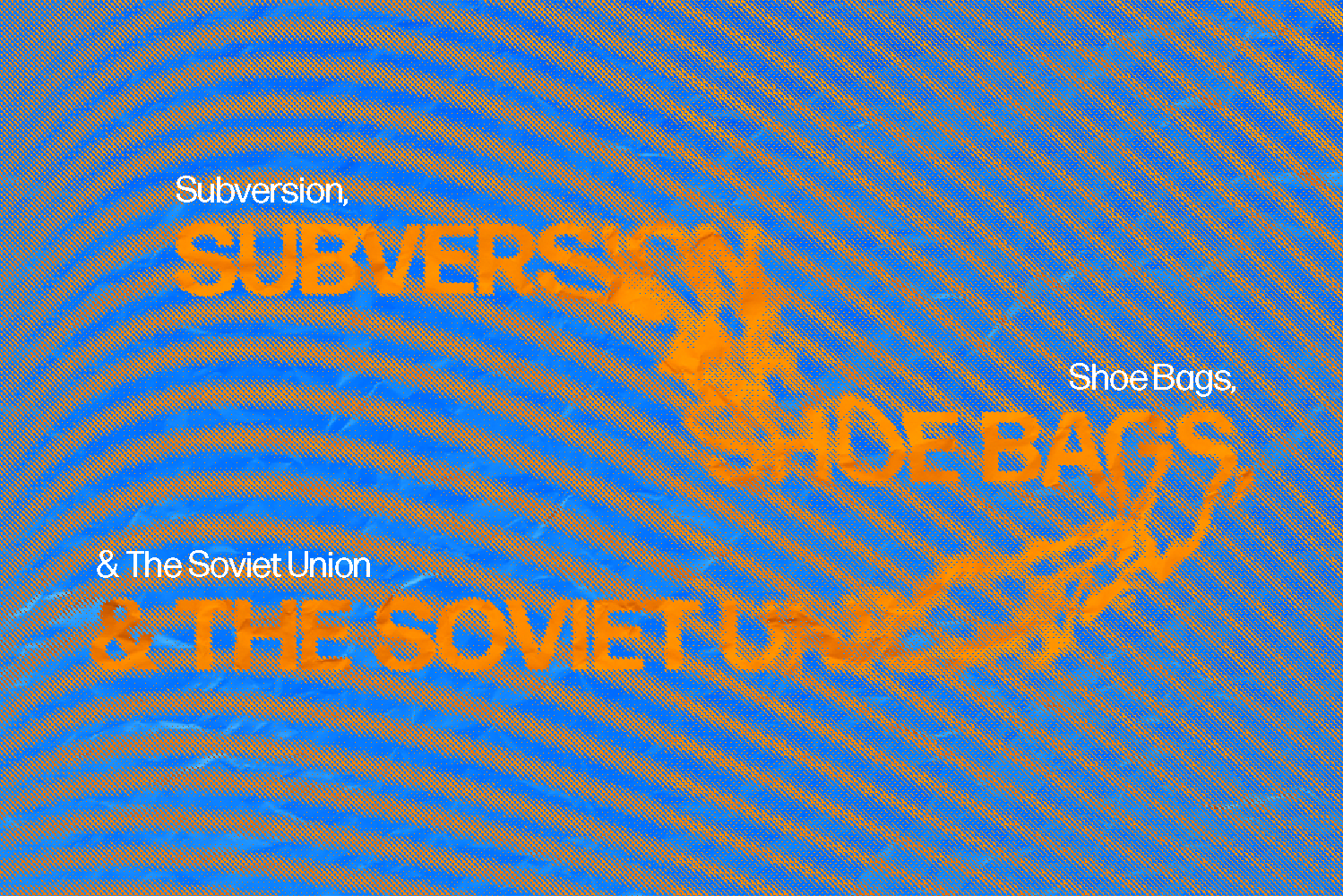Amidst the striking, yet familiar silhouettes, legends Cathy Horyn and Amanda Lepore, and a solemn farewell, stands Demna’s seemingly final collection (personal prediction) with Balenciaga. A train ticket home, his mother as the opener, and his husband at the close, Demna seems to be ending a long-awaited chapter since his controversy. I want to take a moment to state that I don’t agree with Balenciaga, nor Demna and their choices regarding that well-known campaign last November. Steps were taken, apologies were addressed. Was that enough? I can’t answer that for you. What I do know is that it shouldn’t have happened. Alas, I find myself transfixed on the show amidst my overall brand disapproval.
Nothing was transcendent, showcasing predictable tailoring and bleak expressions. He pushed gender roles, with women in the staple house florals and men in boxy jackets, but what caught my eye was a narrative. A narrative about longing, being trapped, and an overall sense of reminiscing. Along with the walk down memory lane, the shoe bag, passport wallet, and key hair ties pushed something that I have always noticed, but didn’t always understand why. The usage of everyday household items within fashion, and art as a whole.
The subversion of the banal is not new for Demna, but it might be the only thing he’s perfected, see also: trash bag purse, Lay’s purse, and tool-themed accessories. This is also not new for the fashion community, see also: Louis Vuttion camera bag this season, and the JW Anderson pigeon purse. Now, the question has been asked as to whether this was for the sake of publicity or holds any artistic merit at all, but in this latest show, the value is apparent.
In 1920s Soviet Russia, art was given back to the people (allegedly). Galleries reserved for the aristocratic were now open to blue-collar folk. “Art belongs to the people. It must leave its deepest roots in the very thick of the working masses. It should be understood by those masses and loved by them.” With this quote by Vladamir Lenin (the first leader of Soviet Russia) and a public push for “human” art, socialist realism art was born. This idea of ‘art for the people’ stood until the fall of the Soviet Union. Although Demna lacks Russian influence, his collections, with haphazard styling and mixed swatches, have always encapsulated the zeitgeist of the Communist Regime’s final years.
Socialist realism art did not look like the everyday objects turned into the “masterpieces” that I spoke of earlier, but it helped lay the groundwork for future Western contemporary movements, namely: Dada. Dada (meaning, yes yes in Russian) is an art movement that originated in an anti-war, anti-bourgeois pre-Soviet Russia, as a direct reaction to World War I. It later became known for its satirical nature and puns of everyday objects. We continued to see this with Duchamp in the early 1900s, Warhol in the 60s, and Koons in the 80s, to name a few. Then, with them, evolved into neo-dada and the contemporary movement.
With a shared ideology, these artists also shared a similar cultural climate. Warhol grew up outside of Pittsburgh, with Slovakian immigrant parents, in a neighborhood with ties to labor unions and left-wing art. Like Demna, who was born in the midst of an anti-soviet revolution in Georgia. These artists used the seemingly mundane objects of society, al la Brillo soap pads (Warhol), a shovel (Duchamp), and potato chips (Balenciaga) to convey a message about “art”.
I don’t want to make the point that Demna is the next Warhol. What I’m trying to say is that art about the everyday object has plagued and shaped fine art and now fashion for generations. Its roots run deep in our culture, art, and politics, a topic I think is vital when discussing fashion. Warhol’s take was a postwar American consumer culture one, while Demna’s overall motive feels almost like a comment on economic recession and its disparities (the aestheticization of homeless people doesn’t help fight this narrative.) But this idea that Demna and many other designers answer to, this intersection of party politics and the human experience, is something of great importance and cultural significance that many like to throw aside when discussing and reviewing fashion.
I am not here to add to the debate of what is art and what is not. There will never be an answer and there never has been. Duchamp’s readymades weren’t really his work, or were they? This limitless nuance we give to art needs to hold the same when referencing fashion. Clothes are one of the only “art” forms that we will use every day, luxury label or not. So whether or not a shoe clutch or a train ticket wallet is wearable, or if I would look chic carrying a plastic pigeon around, the object(s) of fashion is that it is art, nevertheless.
Words and Graphic by Evan Skovronsky

